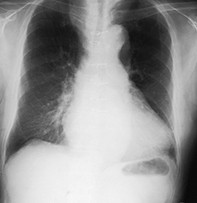Peer Reviewed
Feature Article Cardiovascular medicine
Hypertension: current principles of management
Abstract
Reducing elevated systolic blood pressure, irrespective of diastolic pressure, substantially reduces the risk of stroke, cardiac failure and coronary and other cardiovascular events. Official guidelines now set an upper limit for normal blood pressure at any age as 140 mmHg systolic and 90 mmHg diastolic.
Key Points
- All patients should have their blood pressure measured even if they present for unrelated conditions. This is the only way to detect the ‘silent killer’ – hypertension.
- Guidelines for the management of hypertension set an upper limit for normal at any age as 140 mmHg systolic and 90 mmHg diastolic.
- An upper limit of 130 mmHg systolic is set for patients with diabetes, cardiac failure or renal insufficiency.
- If systolic pressure is persistently elevated above 140 mmHg, lifestyle changes should be suggested, followed if necessary by therapy with antihypertensive drugs.
- Other risk factors, such as elevated cholesterol, smoking or glucose intolerance, should be treated. They multiply rather than just add to the cardiovascular risk.
Purchase the PDF version of this article
Already a subscriber? Login here.

